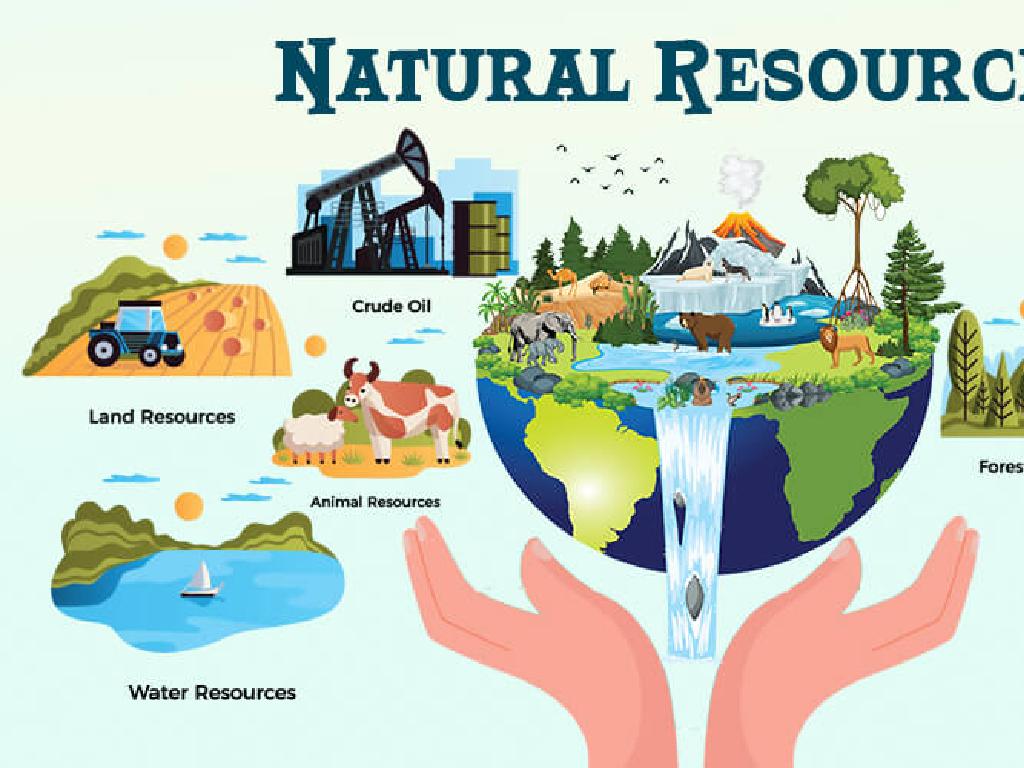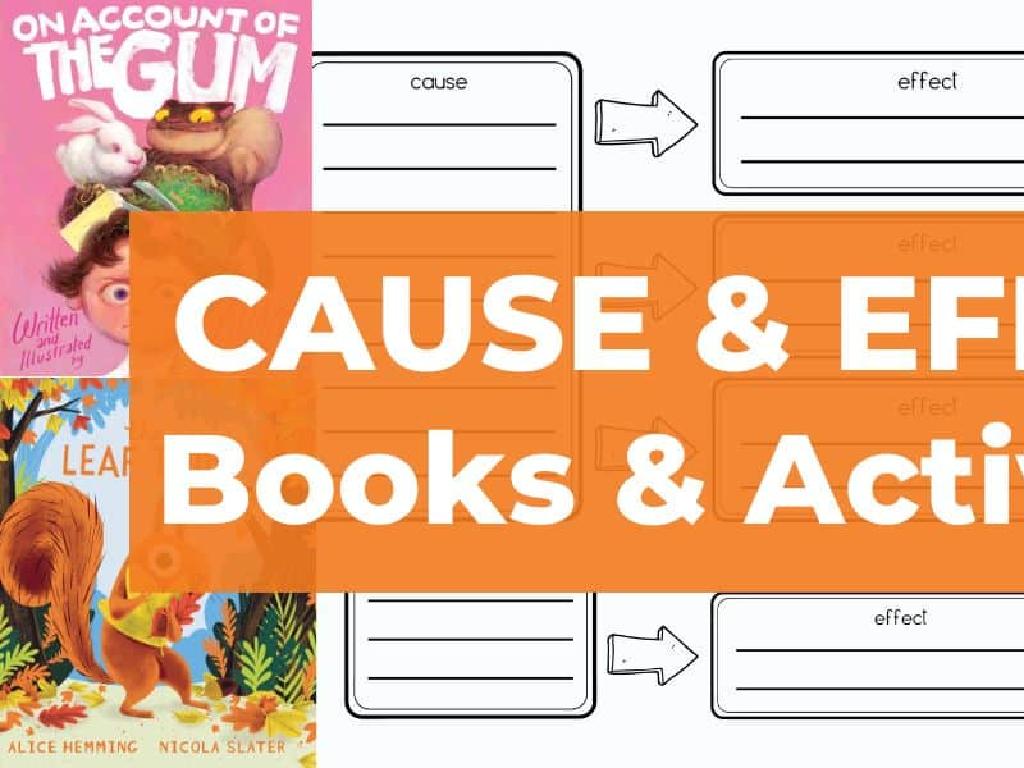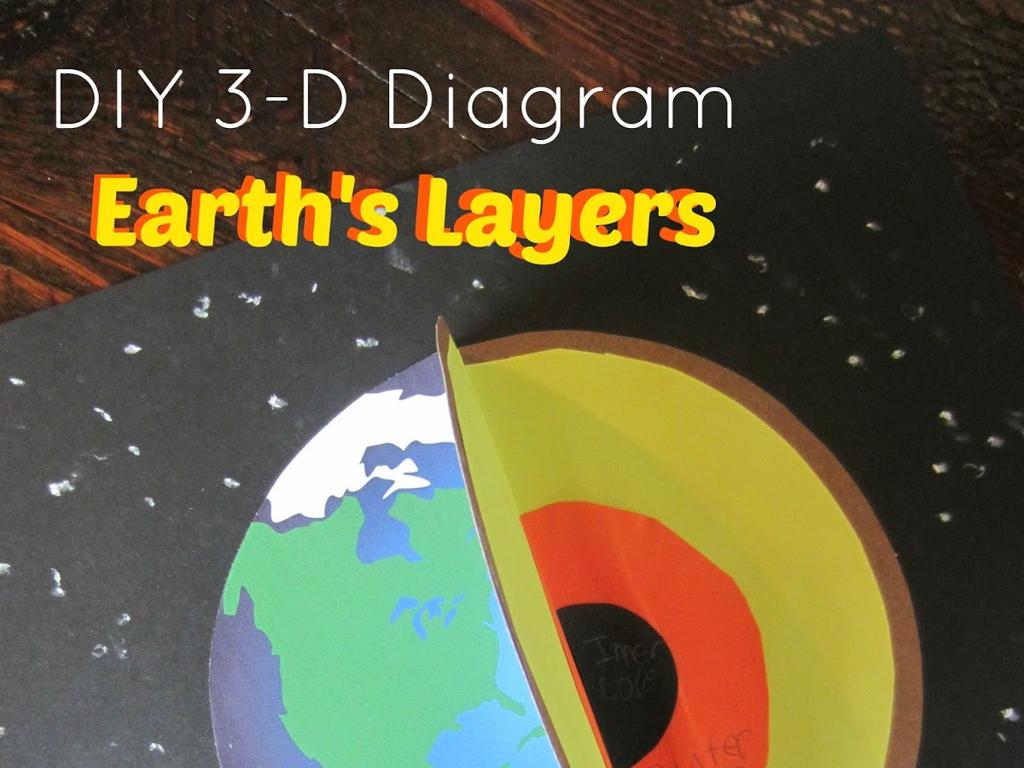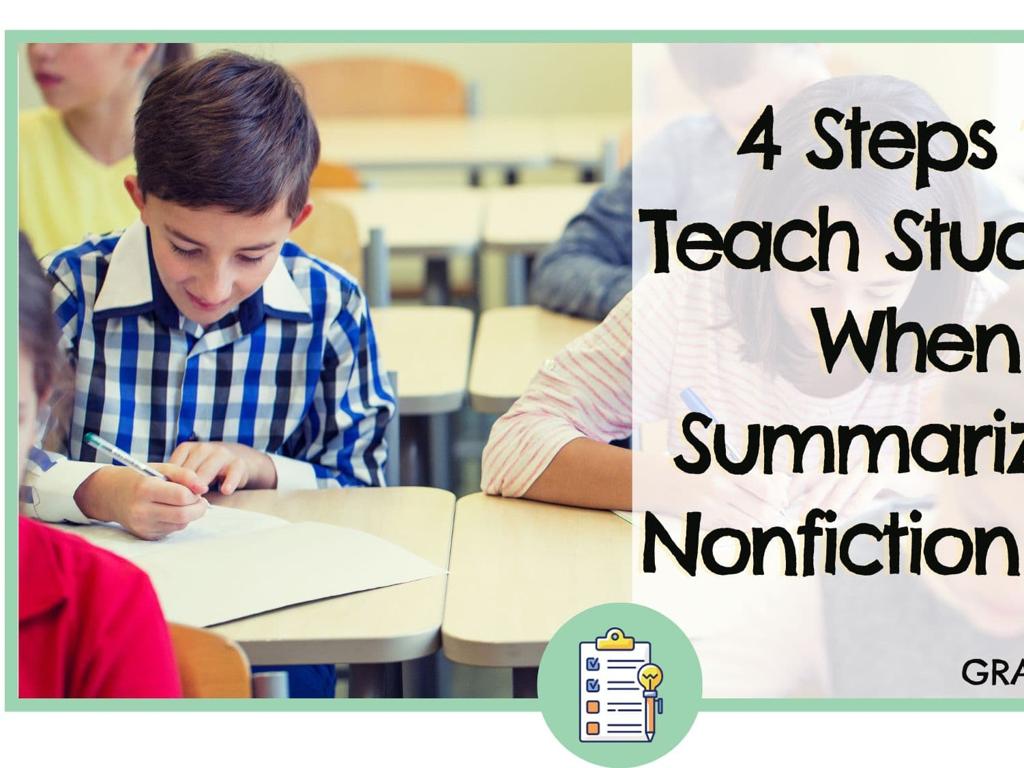Identify Facts And Opinions
Subject: Social studies
Grade: Fourth grade
Topic: Social Studies Skills
Please LOG IN to download the presentation. Access is available to registered users only.
View More Content
Facts vs. Opinions in Social Studies
– What are facts and opinions?
– Facts are provable truths; opinions are personal beliefs.
– Importance in history and events
– Knowing the difference helps us understand bias in historical sources and news.
– Everyday examples
– Fact: The sky is blue. Opinion: Chocolate is the best ice cream flavor.
– Practice distinguishing them
– We’ll do activities to spot facts and opinions in texts.
|
This slide introduces the concept of facts and opinions, which is crucial for students to grasp in order to critically analyze information in social studies. Facts are statements that can be proven true or false, while opinions are based on personal beliefs or feelings and cannot be proven. Understanding this distinction is particularly important when studying historical events and current news, as it allows students to identify biases and form their own informed opinions. Provide everyday examples to make the concept relatable, and plan interactive activities where students can apply this knowledge by identifying facts and opinions in various texts.
Understanding Facts in Social Studies
– What is a fact?
– A fact is something that is true and can be proven.
– Facts are evidence-based
– They are supported by evidence and not just beliefs.
– Facts can be verified
– You can check facts to see if they are correct.
– Examples of facts in history
– Dates of events, names of people, and places are facts.
|
This slide introduces students to the concept of facts within the context of social studies. Begin by defining a fact as information that is true and can be proven. Explain that facts are based on real evidence, which means they are supported by data, research, or clear documentation. Emphasize that facts can be verified or checked by looking up information in reliable sources. Provide examples from social studies, such as historical dates, names of important figures, and geographical locations, to illustrate what constitutes a fact. Encourage students to think critically about the information they receive and to distinguish facts from opinions, especially when studying historical events or learning about different cultures.
Understanding Opinions in Social Studies
– Define an opinion
– An opinion is what someone believes or feels about something
– Characteristics of opinions
– Opinions are based on personal feelings, beliefs, or preferences
– Opinions are subjective
– Subjective means they are not the same for everyone
– Examples in social studies
– ‘The best president was…’ or ‘The most important invention is…’
|
This slide aims to help students differentiate between facts and opinions, focusing on the latter. Begin by defining an opinion as a personal belief or feeling rather than a provable fact. Emphasize that opinions are based on individual perspectives, feelings, and beliefs, making them subjective. Provide examples from social studies, such as statements about historical figures or events, to illustrate how opinions may vary from person to person. Encourage students to think of their own opinions on various social studies topics and to recognize that others may have different viewpoints. This understanding is crucial for developing critical thinking and respect for diverse perspectives.
Comparing Facts and Opinions
– Differentiating facts from opinions
– Facts can be proven true; opinions are beliefs.
– Clues that signal an opinion
– Words like ‘should’, ‘best’, ‘worst’, ‘beautiful’ often introduce opinions.
– Practice with a sample paragraph
– We’ll identify what’s factual and what’s someone’s viewpoint in a paragraph.
|
This slide is aimed at helping students understand the difference between facts and opinions, which is a crucial skill in social studies. Begin by explaining that facts are statements that can be proven true or false, while opinions are beliefs or judgments that can vary from person to person. Highlight that certain words, especially adjectives or verbs that convey judgment, can indicate that a statement is an opinion. For the practice activity, provide a paragraph and work with the class to identify the factual statements and the opinions within it. This will help students apply their understanding in a practical context. Encourage students to explain why they think a statement is a fact or an opinion to develop critical thinking skills.
Facts vs. Opinions: Becoming Critical Thinkers
– Facts and opinions in media
– Media uses both facts and opinions to inform or persuade.
– Critical thinking skills
– Ask questions and research to avoid being misled.
– Distinguishing fact from opinion
– Facts are evidence-based and can be proven; opinions are beliefs.
– Forming your own opinions
– Use proven facts to develop your own informed opinions.
|
Understanding the difference between facts and opinions is crucial for students as they navigate through a world filled with media and advertising. This slide emphasizes the importance of recognizing the role of both facts and opinions in the information they consume. By developing critical thinking skills, students can learn not to be misled by opinions that are presented as facts. It’s essential to teach them to look for evidence that supports what they are reading or hearing. Encourage them to form their own opinions based on facts, and to understand that while everyone can have an opinion, not all opinions are based on truth. This will help them become more discerning consumers of information and active participants in their own learning.
Class Activity: Fact or Opinion?
– Divide into small groups
– Receive statements to categorize
– Each statement is either a fact or an opinion
– Discuss facts vs. opinions
– Facts are true and can be proven. Opinions are beliefs and can vary.
– Groups present their findings
|
This activity is designed to help students understand the difference between facts and opinions. Start by dividing the class into small groups, ensuring a mix of abilities in each. Provide each group with a list of mixed statements. Instruct them to work together to categorize each statement as a fact or an opinion and to be ready to explain their reasoning. After the activity, have each group present their findings to the class, discussing why they categorized the statements as they did. This will foster critical thinking and debate skills. For the teacher: Prepare diverse statements in advance, ensure that the statements are age-appropriate, and be ready to guide the students through any misconceptions or disagreements.
Conclusion: Facts vs. Opinions
– Recap: Facts vs. Opinions
– Remember, facts are proven true, opinions are beliefs.
– Share your learnings
– What did you discover about facts and opinions today?
– Apply knowledge daily
– Use what you’ve learned to think critically every day.
– Reflect on today’s lesson
– How will this lesson help you in understanding the world?
|
As we wrap up today’s lesson, it’s crucial for students to understand the difference between facts and opinions. Facts are statements that can be proven true or false, while opinions are personal beliefs or judgments. Encourage students to share their insights from the lesson and discuss any concepts that may still be unclear. Emphasize the importance of applying this knowledge outside of the classroom, such as when watching the news, reading articles, or listening to stories. This will help them develop critical thinking skills and become more discerning consumers of information. Reflecting on the lesson will reinforce their learning and help them recognize the value of distinguishing between facts and opinions in their daily lives.






